Joseph Kosuth
American, born 1945

'Three Color Sentence', 1965
Artwork Details
Materials
red, blue, and green neon tubing
Measurements
overall: 48 1/2 inches (123.19 cm) length
Collection Buffalo AKG Art Museum
Credit
The Panza Collection and George B. and Jenny R. Mathews Fund, by exchange, George B. and Jenny R. Mathews Fund and Charles Clifton Fund, by exchange, 2008
Accession ID
2008:53.31a-b
Joseph Kosuth once compared the artist to an anthropologist who investigates the many facets of human culture. One of his particular areas of interest is language, which he has explored in a variety of ways. In 1965, when he was only 20 years old, he created one of his best-known works, One and Three Chairs. Kosuth's described the work's medium as “Wood folding chair, mounted photograph of a chair, and photographic enlargement of a dictionary definition of ‘chair.’” The combination was designed to make viewers consider not only how we experience and interpret art, but also how we think through language.
‘Three Color Sentence,’ also from 1965, is similarly provocative. In it, the verbal name for the work is identical to the image created by the work. The work itself appears to be a factual illustration of its own title. This construction succinctly embodies Kosuth’s philosophy that art should no longer be responsible for representing something else (such as a seascape) or for expressing something else (such as an emotion or a gesture). Instead, he has argued, art should operate in the realm of ideas, and artists should make work that meditates on the limits and definitions of art itself.
Label from Sincerely Yours: Treasures of the Queen City, July 5–September 14, 2014
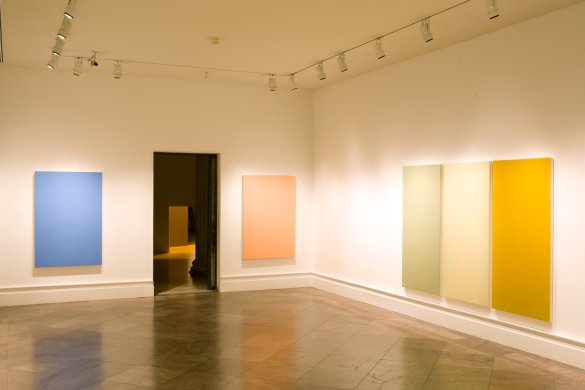

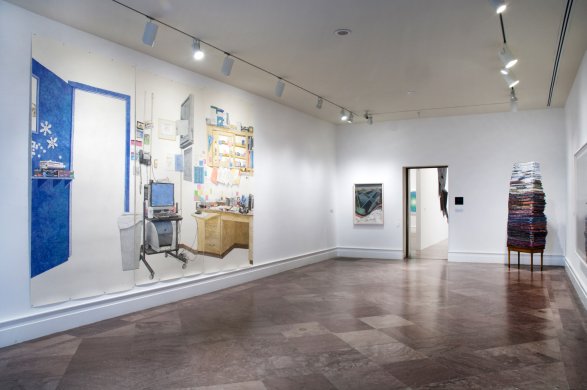
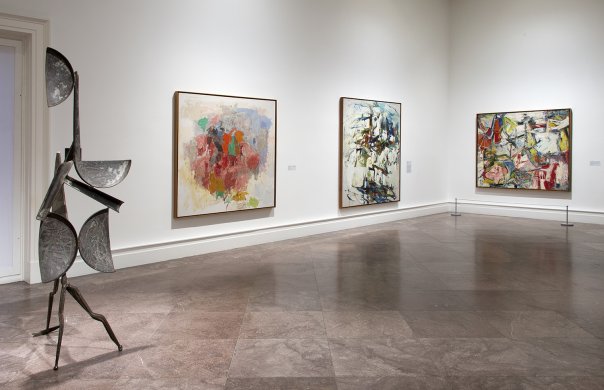
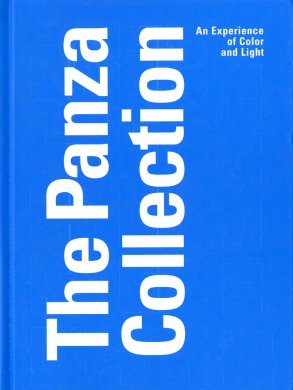
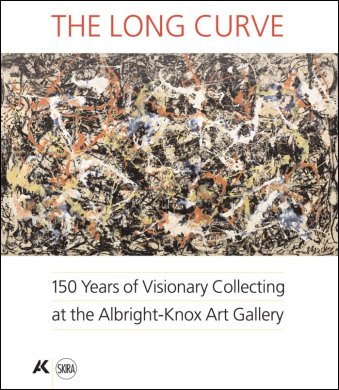
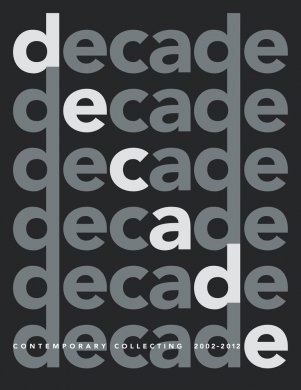
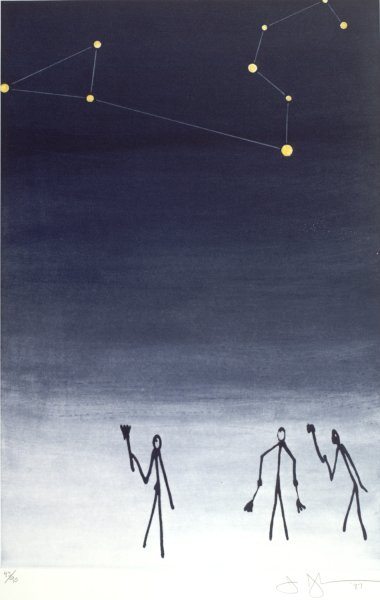
!['One and Eight - a Description' [Blue]](/sites/default/files/styles/callout_fixed_height/public/artwork/2008_053_032_a-b_o2.jpg?itok=XJ6HXhqc)
![Titled (Art as Idea as Idea) [Nothing in Danish]](/sites/default/files/styles/callout_fixed_height/public/artwork/2015_014_031_o2.jpg?itok=uqeU8UYJ)
![Titled (Art as Idea as Idea) [Nothing in Spanish]](/sites/default/files/styles/callout_fixed_height/public/artwork/2015_014_029_o2.jpg?itok=KizqVXMZ)
![Titled (Art as Idea as Idea) [Nothing in German]](/sites/default/files/styles/callout_fixed_height/public/artwork/2015_014_028_o2.jpg?itok=GT9mbUuE)
![Titled (Art as Idea as Idea) [Nothing in French]](/sites/default/files/styles/callout_fixed_height/public/artwork/2015_014_030_o2.jpg?itok=89TGVMBJ)
![Titled (Art as Idea as Idea) [Nothing in Italian]](/sites/default/files/styles/callout_fixed_height/public/artwork/2015_014_026_o2.jpg?itok=XbmkDvTV)
![Titled (Art as Idea as Idea) [Nothing in English]](/sites/default/files/styles/callout_fixed_height/public/artwork/2015_014_027_o2.jpg?itok=uq4SSzHe)
!['One and Eight - a Description' [Green]](/sites/default/files/styles/callout_fixed_height/public/artwork/2008_053_033_a-b_o2.jpg?itok=kHOGMRiQ)
!['One and Eight - a Description' [Red]](/sites/default/files/styles/callout_fixed_height/public/artwork/2008_053_034_a-b_o2.jpg?itok=bUSLOffm)